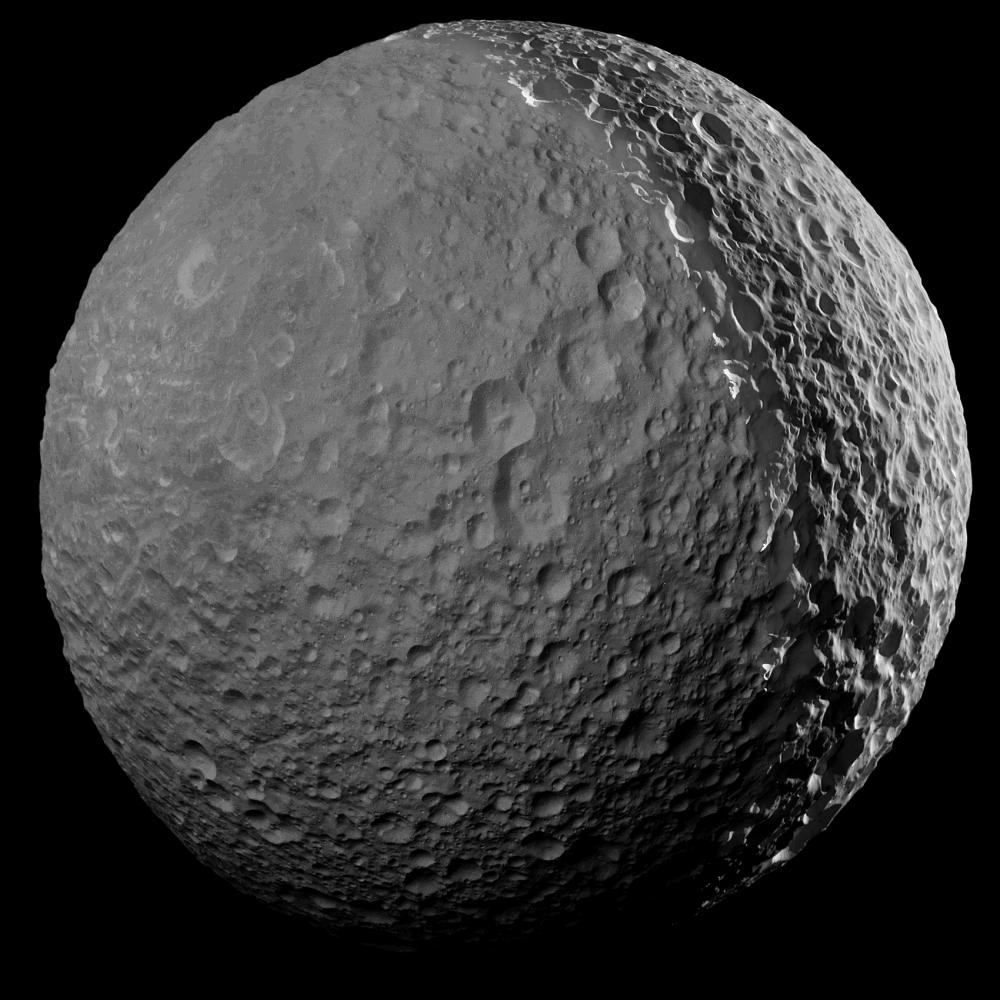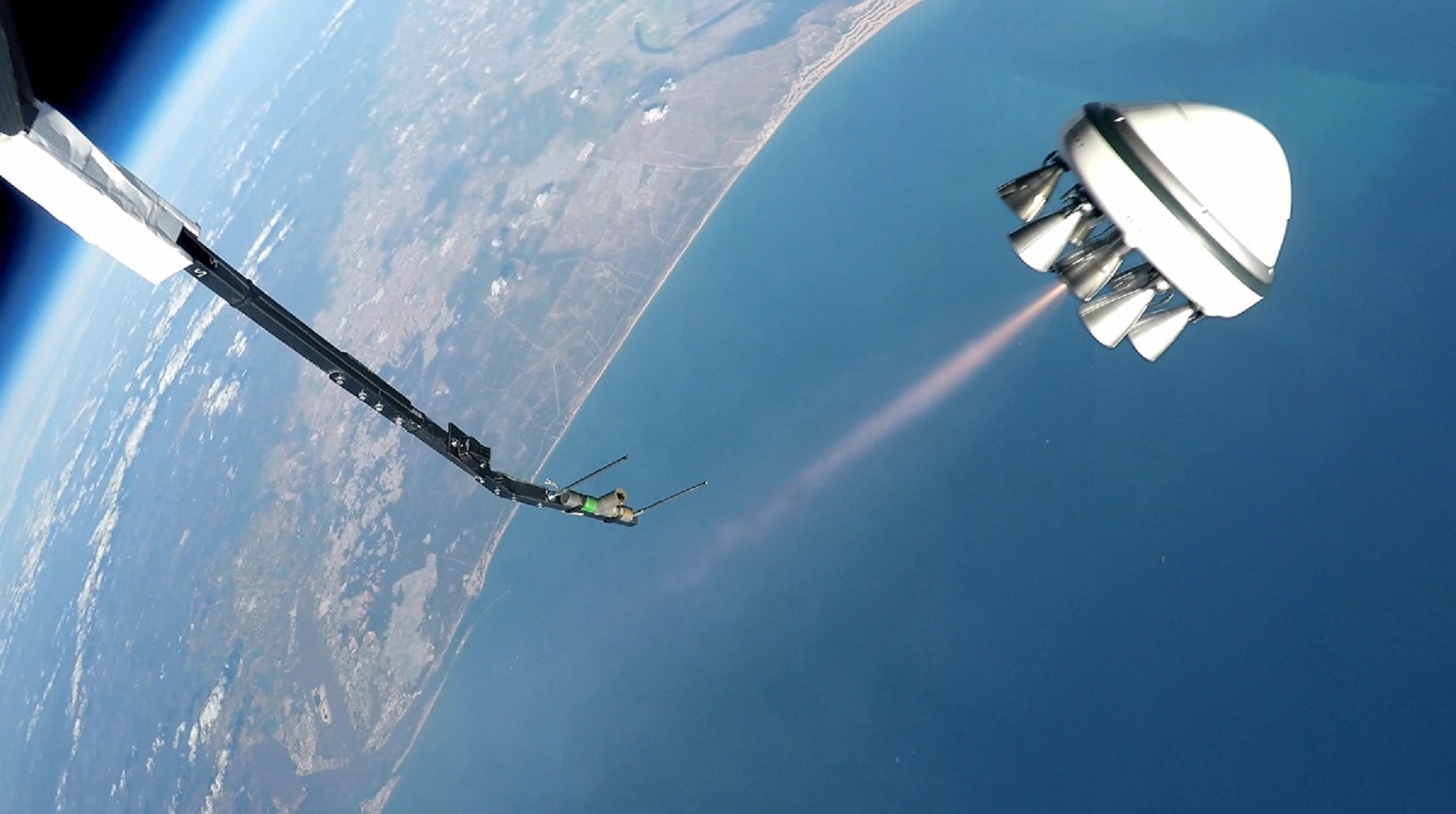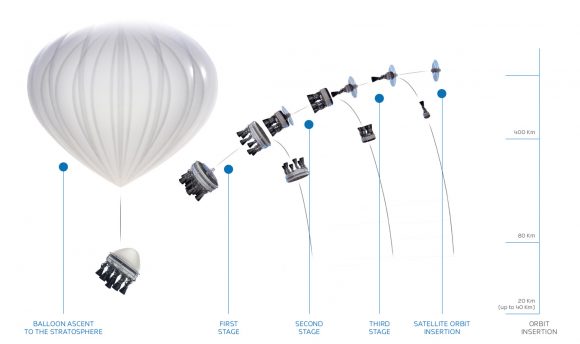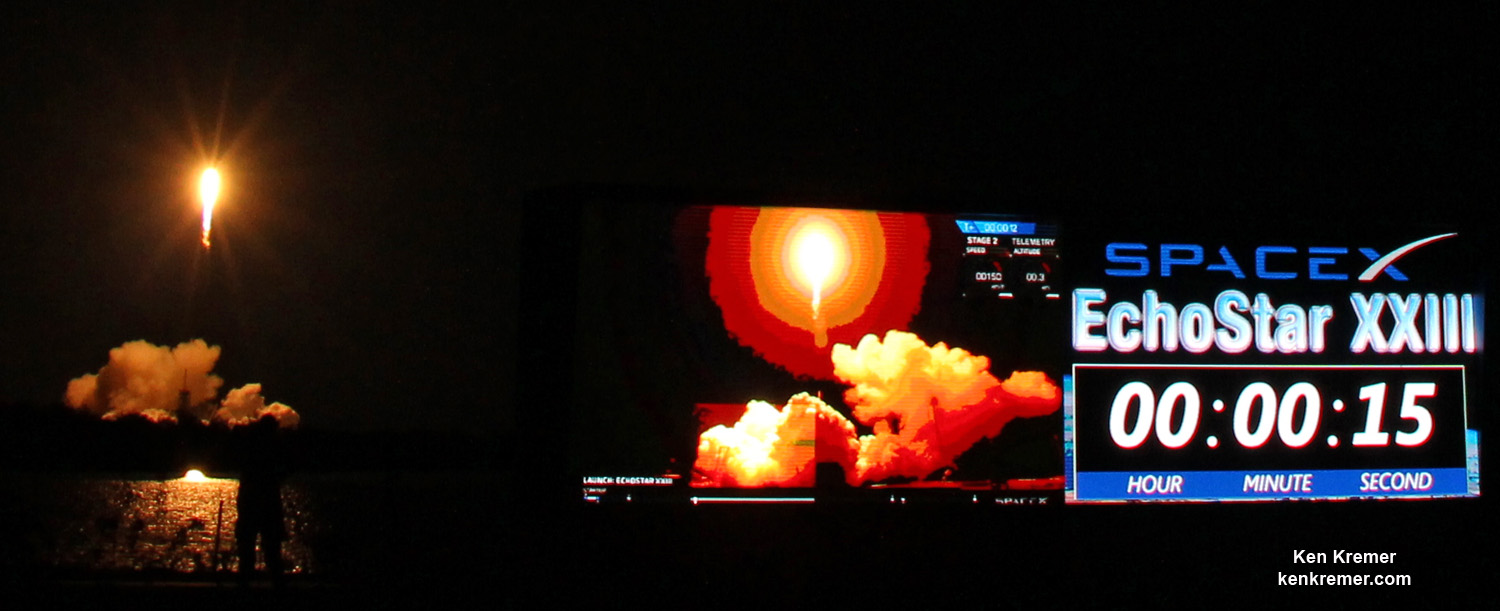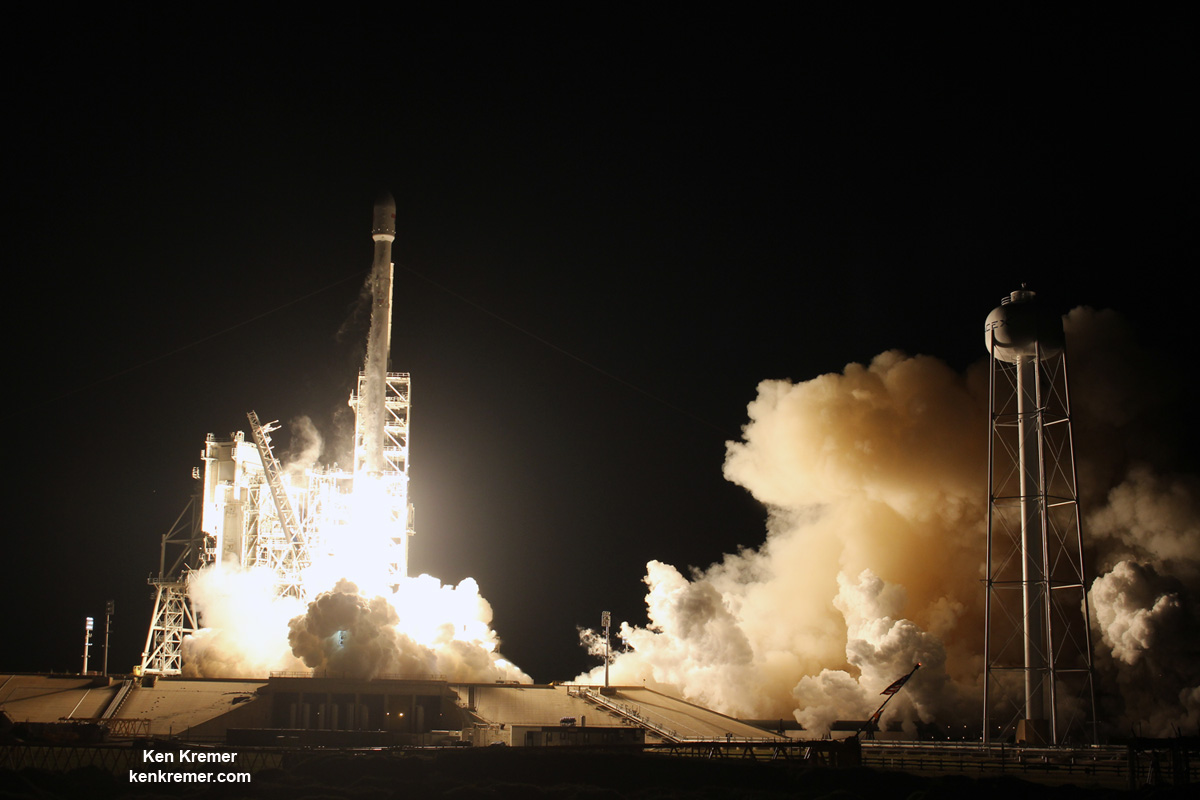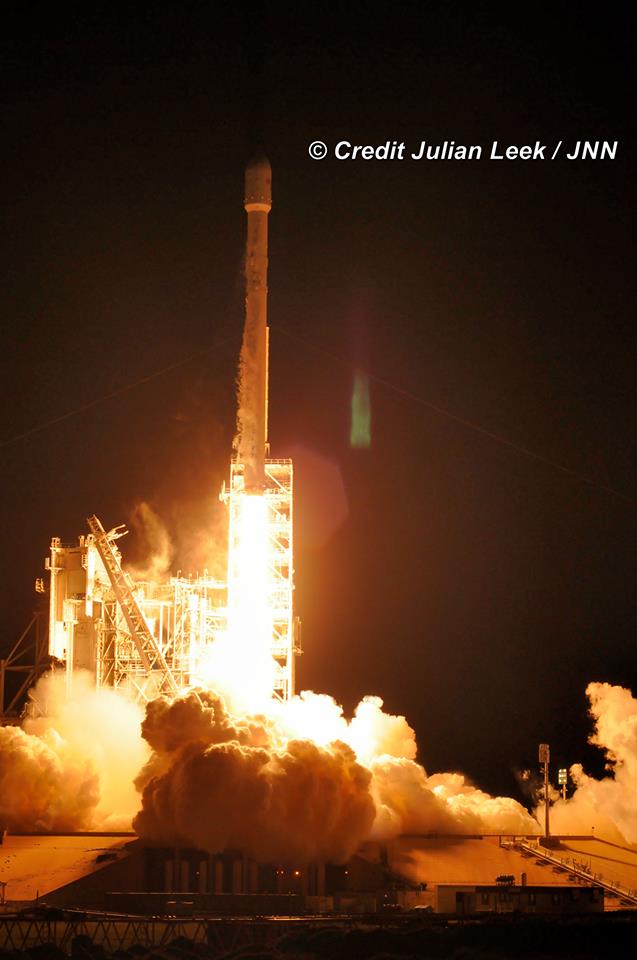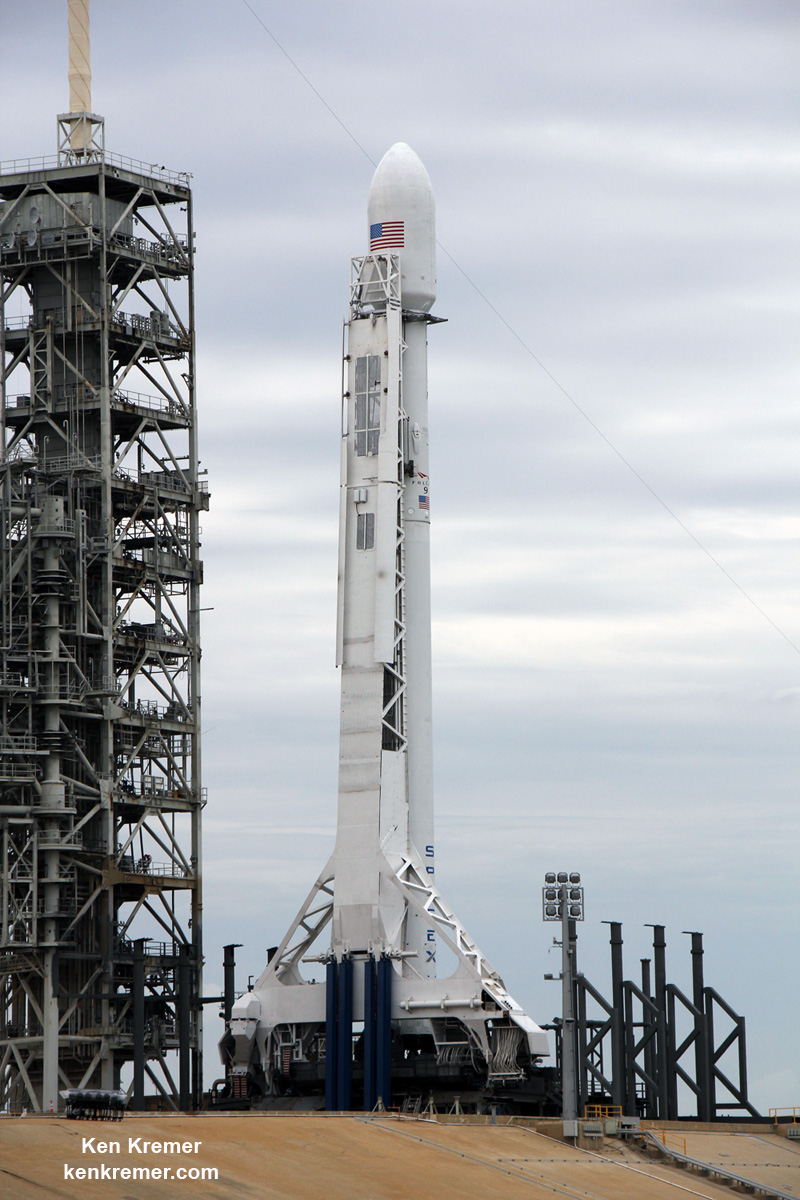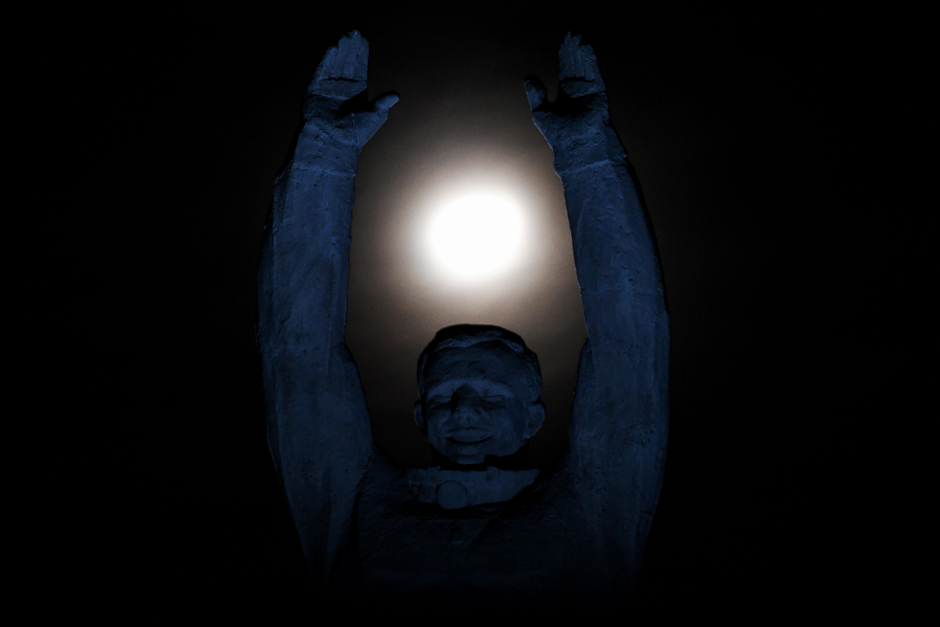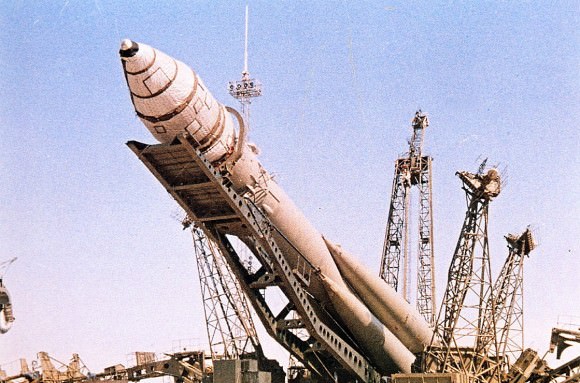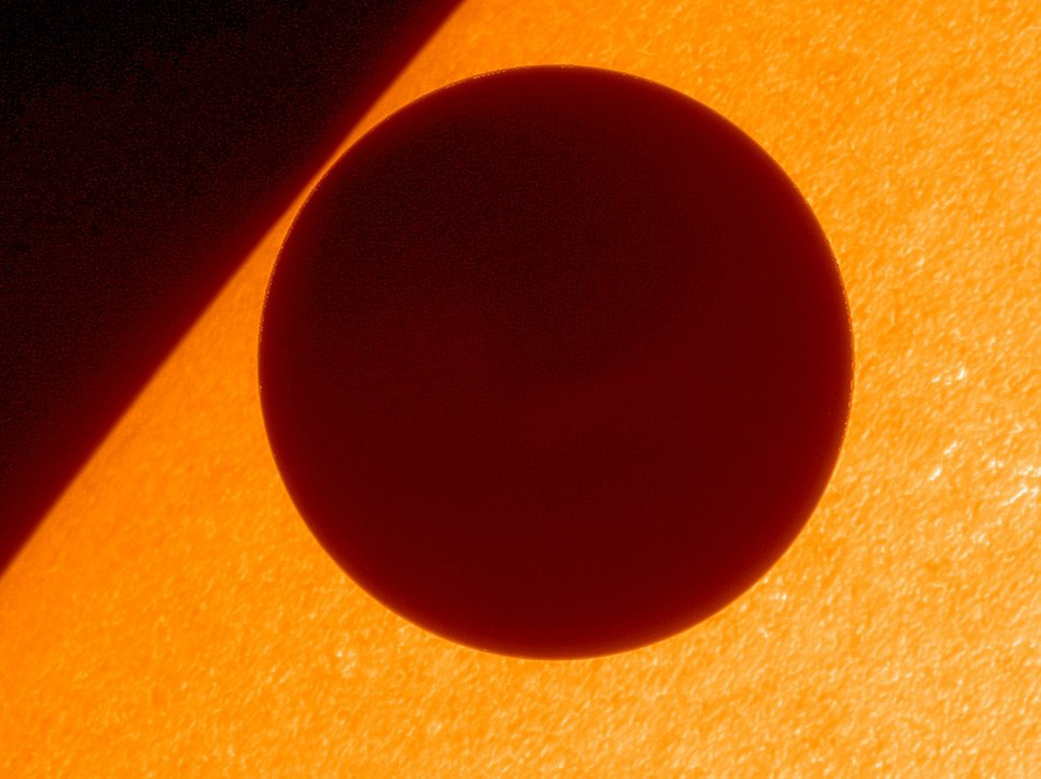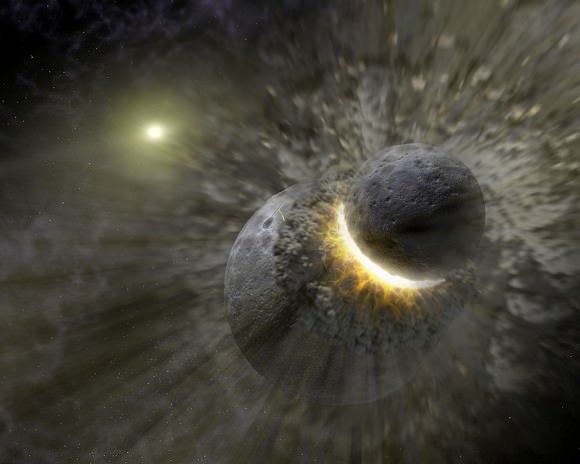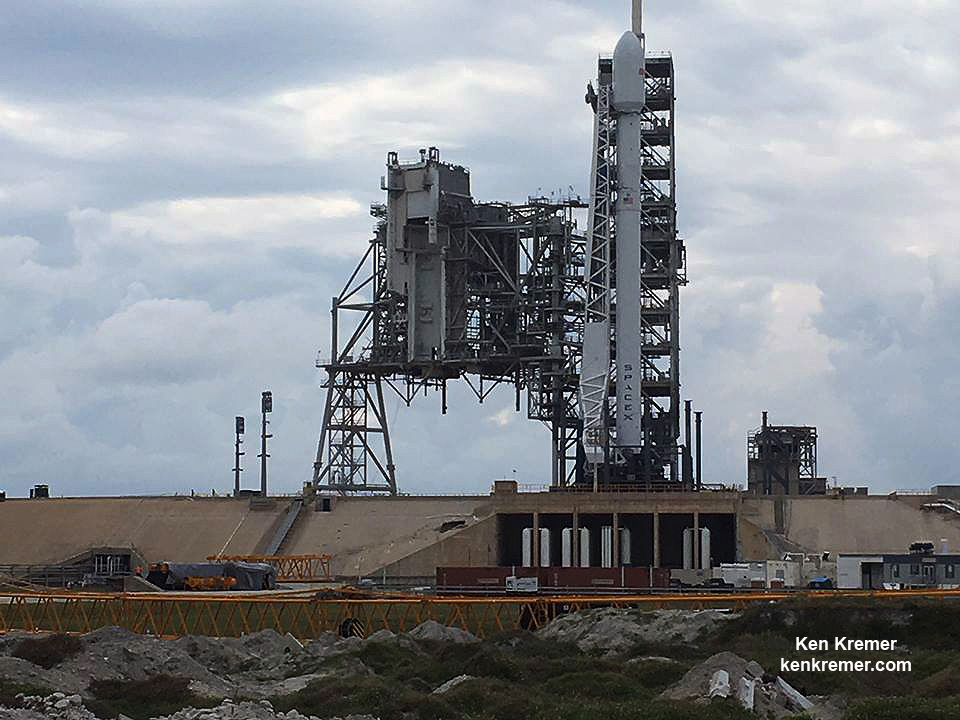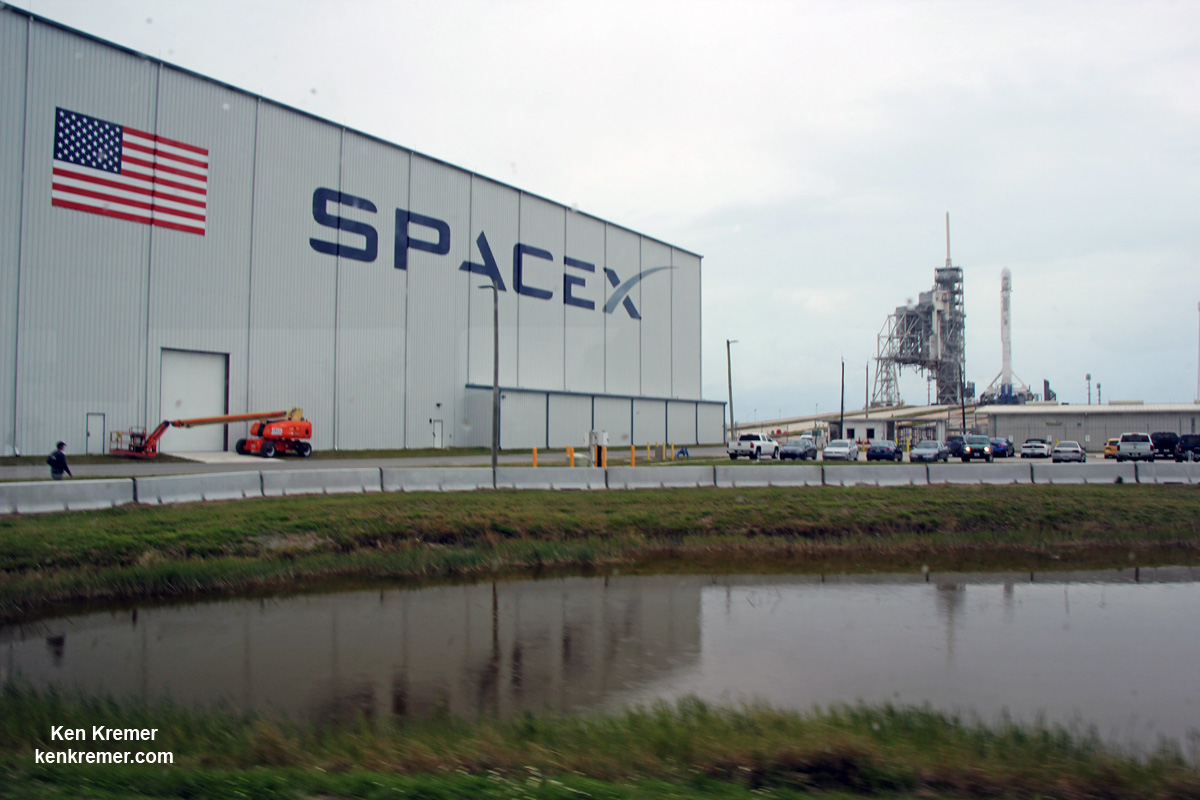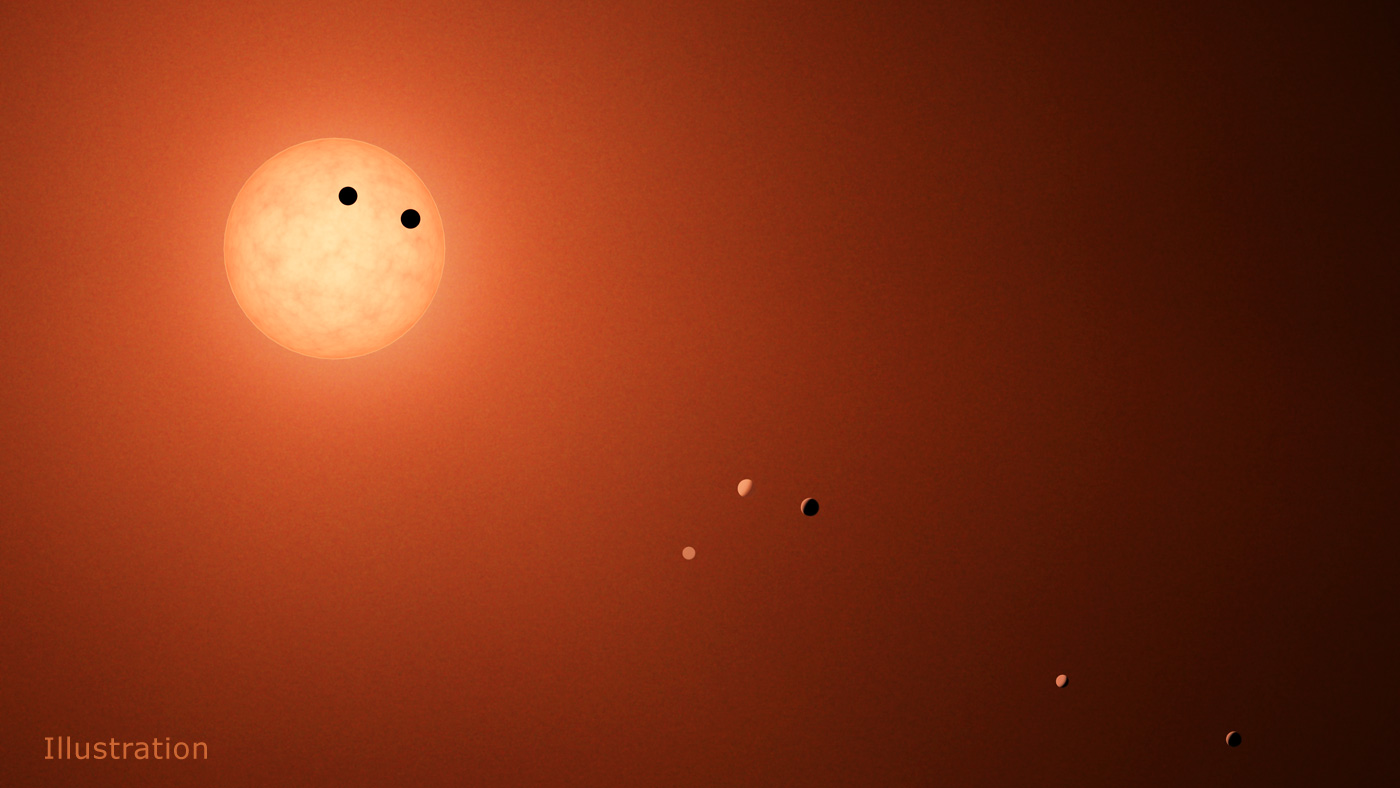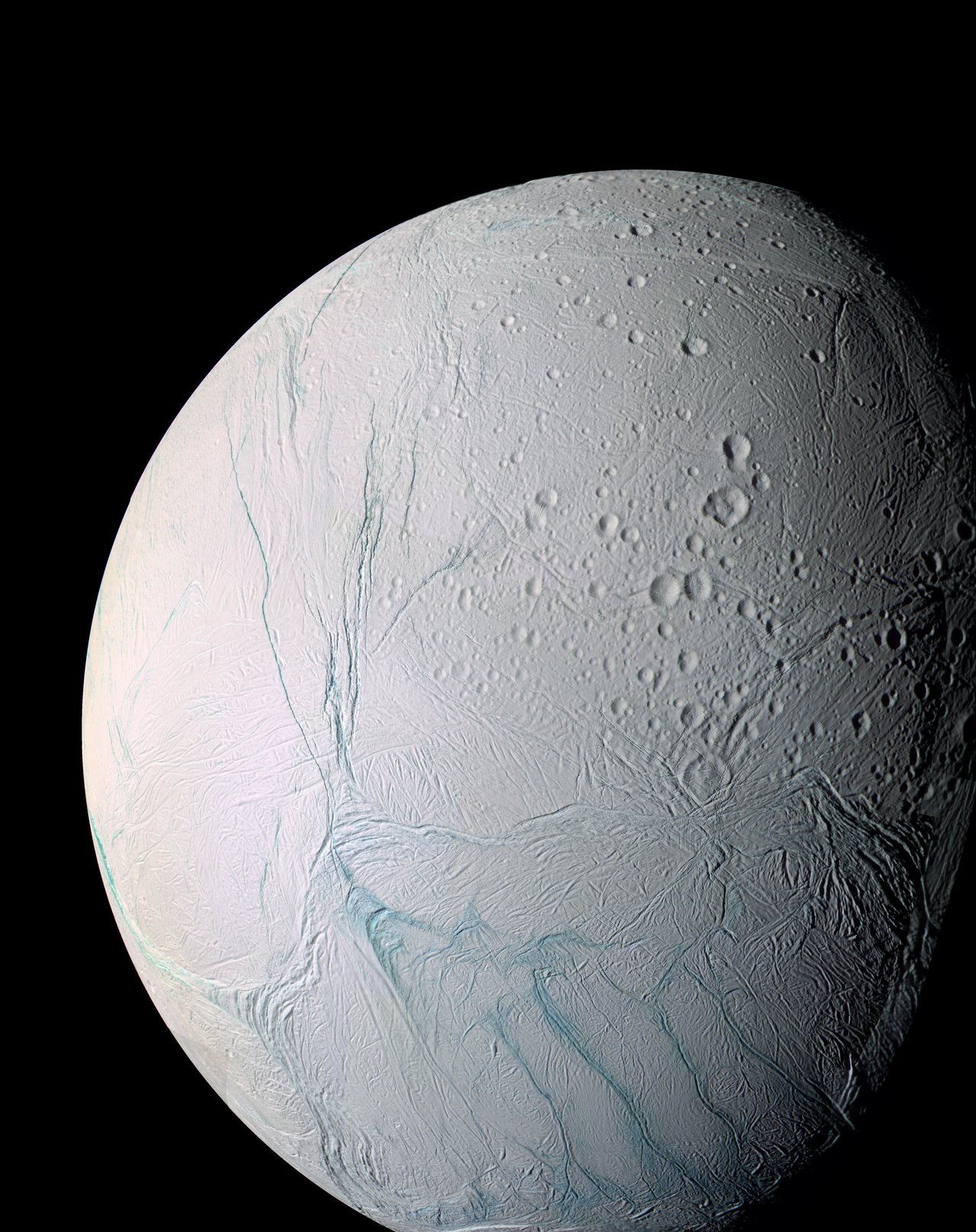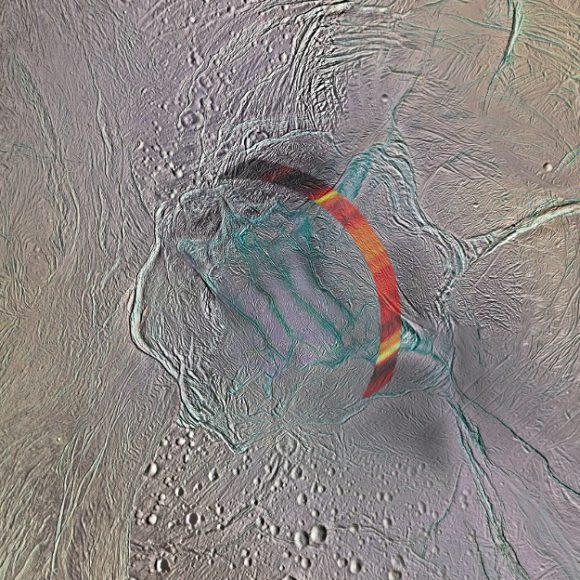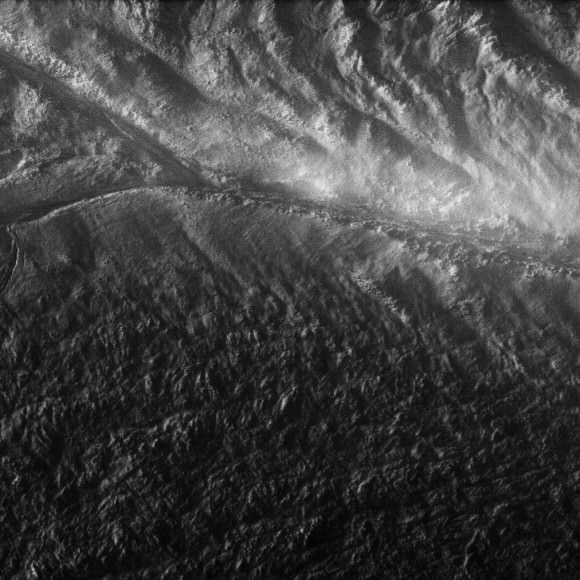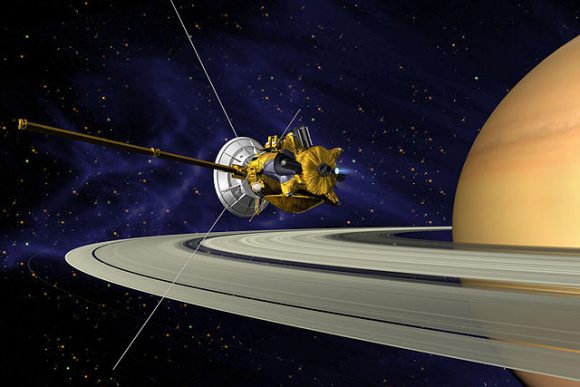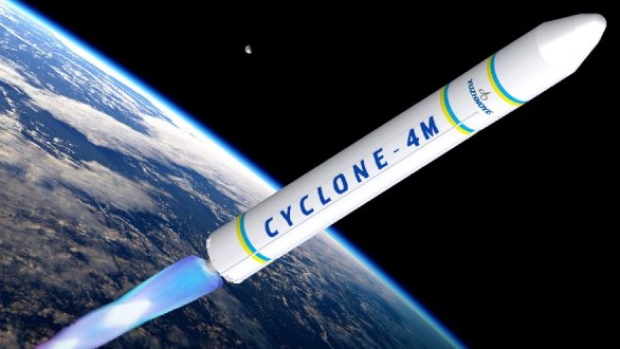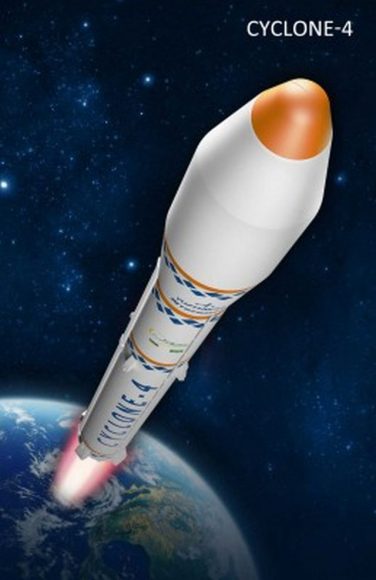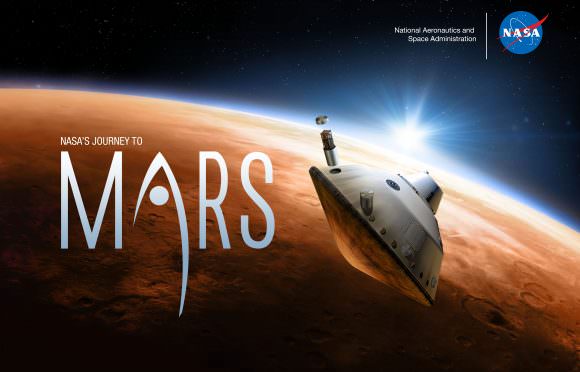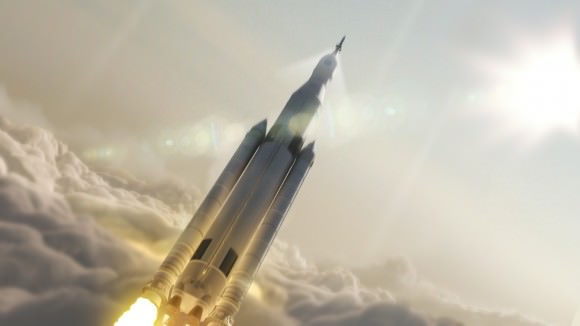Since the Cassini mission arrived in the Saturn system in 2004, it has provided some stunning images of the gas giant and its many moons. And in the course of capturing new views of Titan’s dense atmosphere, Iapetus’ curious “yin-yang” coloration, and the water plumes and “tiger stripes” of Enceladus, it snapped the most richly-detailed images of Mimas ever seen.
But like all good things, Cassini’s days of capturing close-up images of Mimas are coming to an end. As of January 30th, 2017, the probe made its final close approach to the moon, and took the last of it’s close-up pictures in the process. In the future, all observations (and pictures) of Mimas will take place at roughly twice this distance – and will therefore be less detailed.
To be fair, these close approaches were a pretty rare event during the Cassini mission. Over the course of the thirteen years that the probe has been in the Saturn system, only seven flybys have taken place, occurring at distances of less 50,000 km (31,000 mi). At its closest approach, Cassini passed within 41,230 km (25,620 mi) of Mimas.
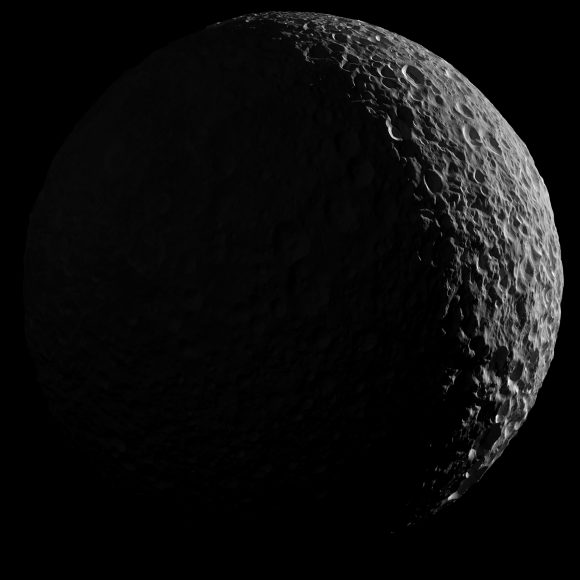
During this time, the probe managed to take a series of images that allowed for the creation of a beautiful mosaic. This mosaic was made from ten combined narrow-angle camera images, and is one of the highest resolution views ever captured of the icy moon. It also comes in two versions. In one, the left side of Mimas is illuminated by the Sun and the picture is enhanced to show the full moon (seen at top).
In the second version (shown above), natural illumination shows only the Sun-facing side of the moon. They also created an animation that allows viewers to switch between mosaics, showing the contrast. And as you can see, these mosaics provide a very detailed look at Mimas heavily-cratered surface, a well as the large surface fractures that are believed to have been caused by the same impact that created the Herschel Crater.
This famous crater, from which Mimas gets it’s “Death Star” appearance, was photographed during Cassini’s first flyby – which occurred on February 13th, 2010. Named in honor of William Herschel (the discoverer of Uranus, its moons Oberon, and Titania, and Saturn’s moons Enceladus and Mimas), this crater measures 130 km (81 mi) across, almost a third of Mimas’ diameter.
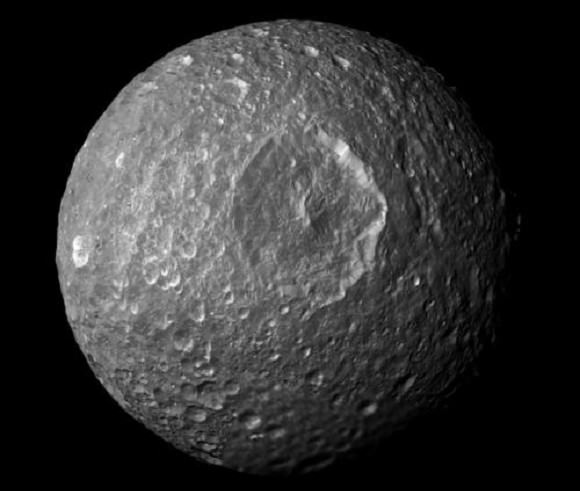
Its is also quite deep, as craters go, with walls that are approximately 5 km (3.1 mi) high. Parts of its floor reach as deep as 10 km (6.2 mi), and it’s central peak rises 6 km (3.7 mi) above the crater floor. The impact that created this crater is believed to have nearly shattered Mimas, and also caused the fractures visible on the opposite side of the moon.
It’s a shame we won’t be getting any more close ups of the moon’s many interesting features. However, we can expect a plethora of intriguing images of Saturn’s rings, which it will be exploring in depth as part of the final phase of its mission. The mission is scheduled to end on September 15th, 2017, which will culminate with the crash of the probe in Saturn’s atmosphere.
Further Reading: NASA

